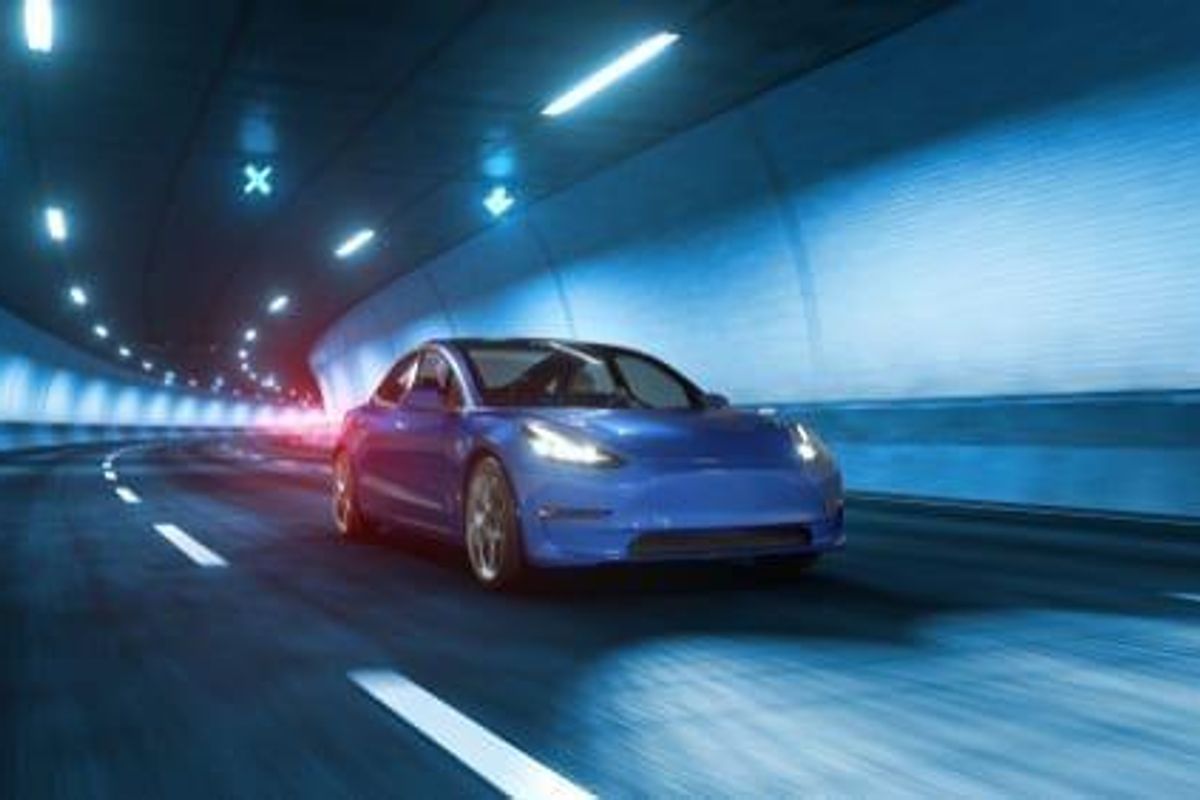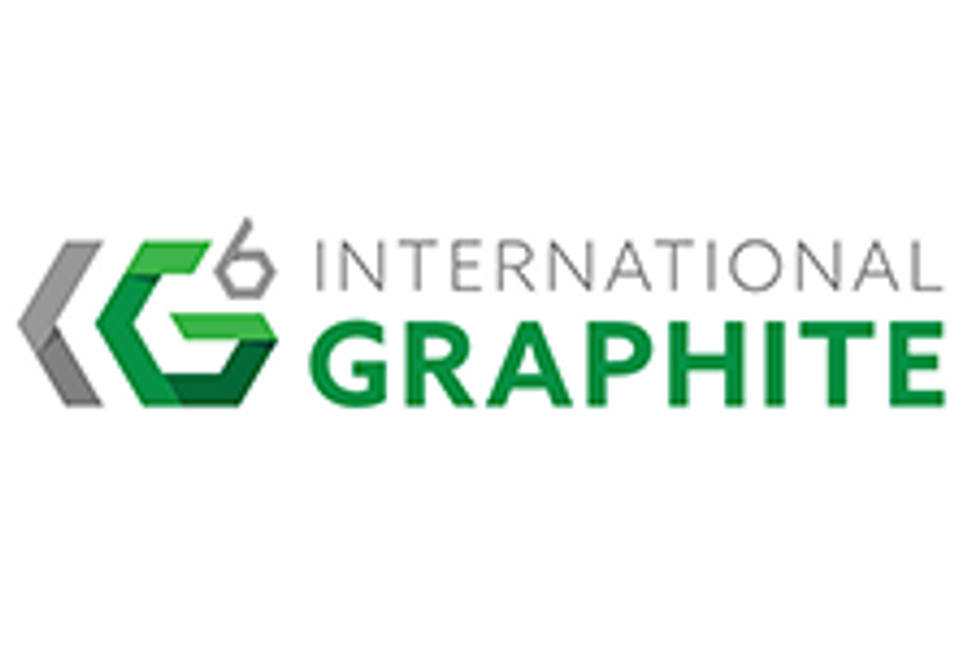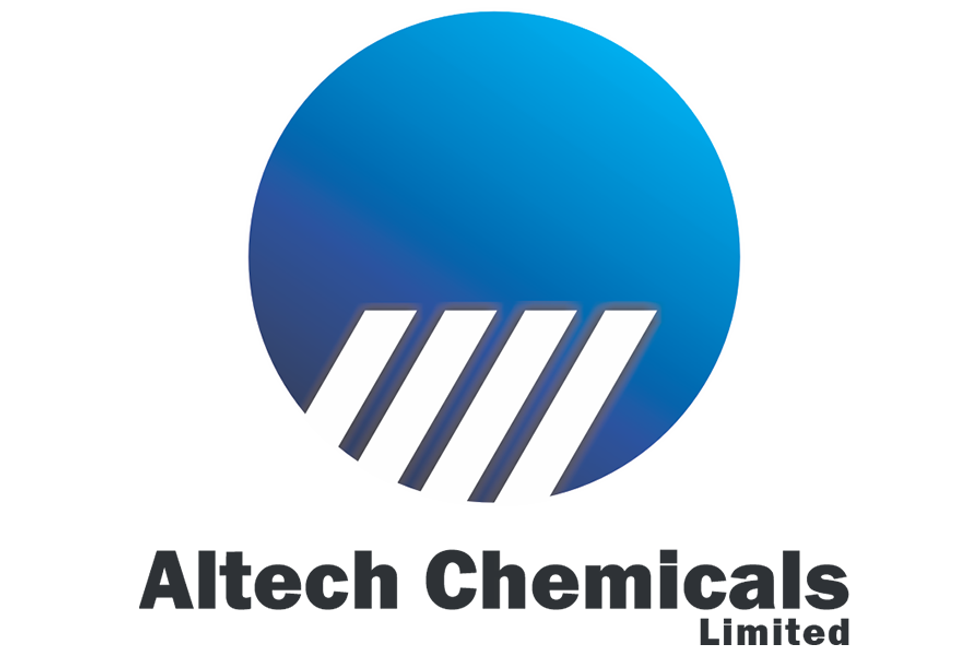Graphite’s Role in the Electric Vehicle Revolution

Graphite, a little-known component of lithium-ion batteries, is booming thanks to a global pushback against fossil fuels and a commitment to clean energy.
Graphite, a little-known component of lithium-ion batteries, is booming thanks to a unified global pushback against fossil fuels and a commitment to clean energy.
In December 2017, French President Emmanuel Macron announced a groundbreaking, but largely symbolic, commitment to fighting climate change: all oil-drilling permits within France and its territories are to expire without renewal by 2040 and no further permits are to be issued. France is not a major player in the fossil fuels market, but the move is meant to implore bigger polluters to do the same.
Countries in the global south will be the hardest hit by rising temperatures linked to climate change, with droughts in the Philippines and famines in India expected in the coming years. With fossil fuels under increasing scrutiny, and with international pushback mounting, green energy sources are surging to fill the vacuum oil and gas are leaving.
In late 2017, Bloomberg News reported that one in six new cars sold by 2025 will be electric, and industry giant China is offering massive government subsidies on electric vehicles (EVs) to cut down on carbon emissions as a means of curbing the damage caused by climate change.
It’s here that graphite producers hope to contribute to the gradual curbing of climate change-related effects by helping create batteries for emission-free vehicles. “Demand for graphite is going to increase dramatically as the trend towards electric vehicles grows exponentially over the next several years,” Thomas Yingling, CEO of Berkwood Resources (TSXV:BKR), told INN.
International commitments to EVs
Federal governments across the world have been establishing bans on gas- and diesel-powered cars, pushing the need for EVs. Alongside France’s declaration, there are a number of other nations making their position clear when it comes to reducing the environmental impact of automobiles. In the UK, for instance, the government aims to reach the targets set out by the Paris accords by making all vehicles zero emission by 2050. Meanwhile, in Norway, all new passenger cars and vans sold after 2025 are expected to be EVs.
These regulations are not particular to the “western world.” Industry giant China is currently working towards a new EV target of 12 percent of all vehicles by 2020. India, meanwhile, has established a policy for all vehicles sold as of 2030 to be electric.
The trend for implementing environmentally progressive policies related to automobiles is on the rise, with countries spanning various continents setting official targets for EV sales. Mandates such as these will continue to generate demand for the EV market, placing significant weight on the need for the materials used in their batteries, including graphite.
Graphite’s role in the EV revolution
Lithium is one of the EV revolution’s best-known champions, with the batteries that power electric cars bearing its moniker. But graphite is a lesser-known yet crucial component in lithium-ion batteries. In fact, lithium-ion batteries require more graphite than lithium, with some estimates reaching 10 to 20 times as much. Elon Musk has said a more apt name for the batteries would be nickel-graphite, as the lithium components make up only 2 percent of the finished battery.
These innovations have meant that alternative power supplies such as nickel-cadmium batteries have been phased out due to the emergence of superior lithium-ion technology. Lithium-ion batteries weigh less, hold their charge longer and perform better under extreme temperatures than their nickel-cadmium competitors.
In these increasingly popular batteries, graphite forms the negative electrode, known as an anode. Lithium ions are sent from the anode to the cathode through the electrolyte buffer separating them. Once the process is reversed, the result is an electric current that powers vehicles like the Tesla Model S. The advantages of using graphite as an electrode are its abundance and the material’s lengthy cycle life.
The use of graphite as a component in rechargeable batteries is largely due to its versatility. At an atomic level, graphite is arranged in a honeycomb structure that affords it electrical conductivity — graphite being the only non-metal capable of this — and flexibility, making it perfectly suited for use in EVs.
Not all graphite can be used as anodes, however. The predominant types of graphite are flake, amorphous, vein and synthetic. Under a microscope, flake graphite appears flat and plate like, with either angular or hexagonal edges. Flake graphite can then be further subcategorized into small, medium, large or jumbo flake. According to Yingling, “it is large flake, and the correct grade graphite that is needed in battery development. Small-flake graphite cannot be used.”
Most of the world’s graphite comes from China, with India and Brazil placing second and third in graphite production. However, other sources, like Berkwood’s Lac Guéret project in Quebec, are still being uncovered. According to Yingling, Berkwood hopes that like its neighbor, Mason Graphite (TSXV:LLG), its project hosts the correct grade and large-flake graphite needed in EV batteries.
The material is mined either through open-pit methods or underground mining and the substance is found in metamorphic rocks such as limestone. Although the required flake size can vary between industries, purity is key: the higher graphite’s purity is, the less processing it requires. Because of its potential as a lithium-ion battery anode, large-flake graphite is attracting significant market interest.
The megafactories and beyond
Looking to address the increased demand in EVs, spurred by government regulations and innovations in the battery space, Tesla’s proposed lithium-ion battery gigafactory could require as much as 112,500 tonnes of flake graphite per year, according to Benchmark Mineral Intelligence, and three other megafactories are expected to compete for market share alongside Tesla by 2020.
These factories aim to capitalize on the advantages lithium-ion batteries hold over their nickel-cadmium competitors and to satisfy a burgeoning market. By 2018, Tesla’s gigafactory is expected to produce 35 GWh of lithium-ion battery cells per year, nearly matching the total global output. Additionally, Grand View Research states that the market is expected to value US$93.1 billion by 2025 thanks in part to electric vehicles, portable electronic devices and grid-storage systems.
Graphite’s applications extend beyond transport technology as well. Fuel cells, which can provide power on a commercial scale, convert chemical energies like hydrogen into electricity and require even more graphite than lithium-ion batteries, and pebble-bed nuclear reactors require fist-size graphite balls to house their uranium.
Graphite resources in North America
With flake graphite’s standing as the fastest-growing segment in the global graphite market, companies like Graphite One Resources (TSXV:GPH) are positioned to capitalize on newfound global demand for graphite. Having identified a large graphite resource in Alaska, Graphite One has announced findings of large-flake, high-purity graphite meeting the requirements for battery production.
Developing its Lac Guéret Extensions project, Berkwood Resources is also working towards supplying the rising demand for graphite. According to recent news, drilling at the property revealed samples of large, coarse flake with grades including 37.68 percent over 27.11 meters.
The takeaway
A global shift away from fossil fuels is contributing to graphite’s success as part of the highly profitable lithium-ion battery. Subsidies from countries like the US and China are helping to jumpstart electric vehicle sales and are spurring the extraction of graphite. With graphite as an integral material in the construction of everything from nuclear power plants to smartphones, the material’s viability as an investment has never been clearer.
This article was written according to INN editorial standards to educate investors.





